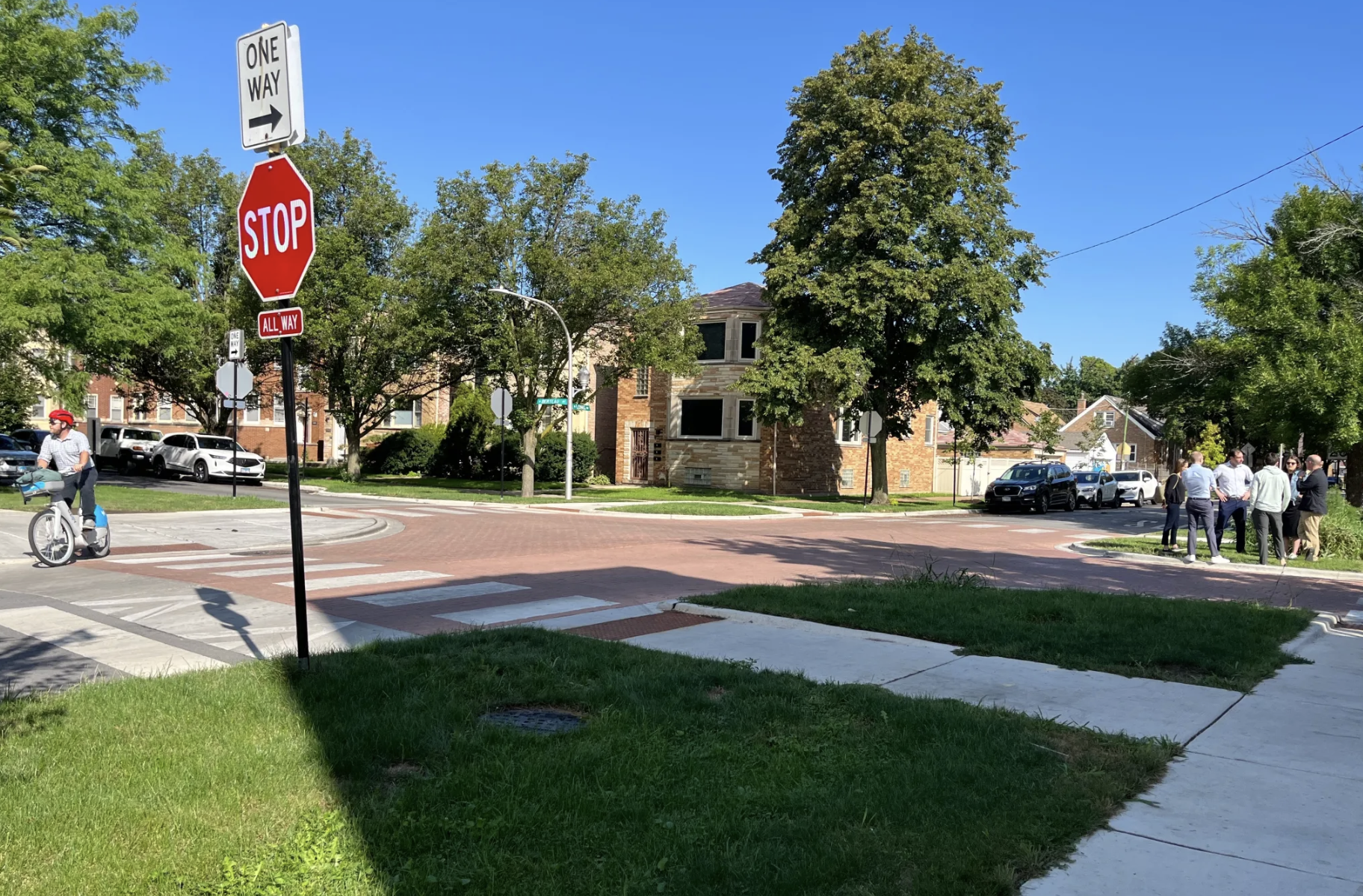Looking at a map of commute times, Patrick Kennedy at Walkable Dallas-Fort Worth finds that people who live in census tracts with some of that region's lowest household incomes spend the most time traveling to and from work. Many commutes are more than an hour each way.
Kennedy says this is what happens when road-building guides private investment -- and it's a vicious circle. As Dallas sprawls northward away from the urban core, he writes, places of employment become less and less accessible for those who can least afford "to get cars and get on the road."

With swaths of the city losing jobs and population, Kennedy says all those highways built to connect are, in reality, serving as barriers.
We have cut off opportunity from entire parts of the city, specifically with the notion of trying to connect people with highways. We've done the opposite. It's obvious that highways disconnect across them, but the constant job and population creep northward is indicative of a deeper, systemic, and more pernicious form of disconnection: distance. Traversing that distance is not the answer, particularly when our solutions to traversing that distance, more highways, only serves to exacerbate the problem, by moving things further and further away.
The highway builders, thinking they're serving populations as they exist, don't realize that they themselves are the scientist with their finger in the petri dish stirring it around and affecting the very results they're supposedly objective about.
Elsewhere on the Network: Bicycle Transportation Alliance discovers that Daimler employees in Portland are very much into biking to work. Second Avenue Sagas comments on the gondola fad in NYC. And Greater Greater Washington reports on a Washington Post columnist and his war on traffic enforcement.




